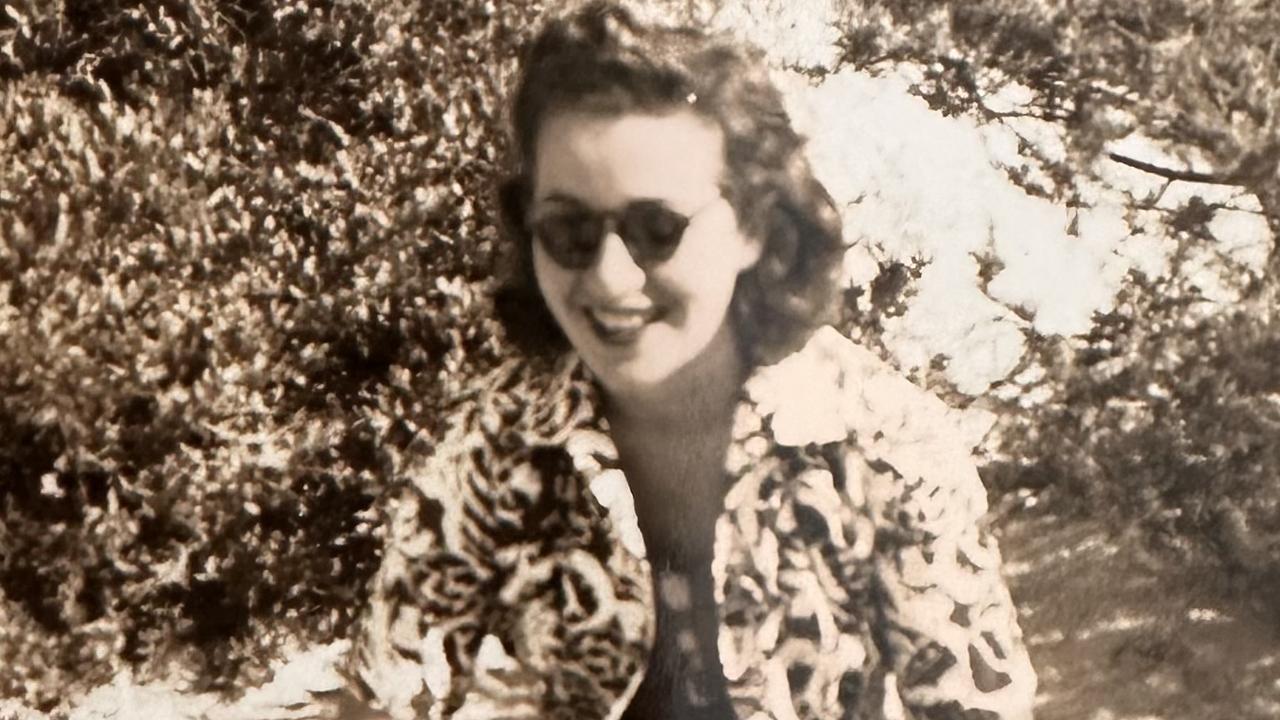Tom and Jerry turned an old idea into a smash hit
Seventy five years ago a cat and mouse began a rivalry that is still going today.

Today in History
Don't miss out on the headlines from Today in History. Followed categories will be added to My News.
It was a match made in cartoon heaven. The wily rodent versus the hapless feline had an appeal that saved MGM’s animation department from going bust, made their creators Bill Hanna and Joe Barbera famous and won them seven Academy Awards.
Three-quarters of a century ago today, Tom the cat and Jerry the mouse made their debut in the animated short Puss Gets The Boot. The dogged opponents went on to become one of the most popular animated partnerships of all time.
Although the cat versus mouse idea had been used before in cartoons, Tom And Jerry had a combination of elements that made them a hit.
MGM had set up its animation studio under Fred Quimby in 1937. As its first major project the studio took a punt on turning the hugely popular Katzenjammer Kids comic strip into the animated series The Captain And The Kids in 1938.
Directed by Hanna, Bob Allen and Friz Freleng, the venture failed dismally, partly because it focused on the captain rather than the true stars of the comic strip, the naughty children Fritz and Hans.
Hanna knew he needed to do something different. Born in 1910 in New Mexico into an Irish American family, Hanna had worked as a structural engineer, but lost his job in the Depression. He found work making title cards for motion pictures. Discovering a talent for art, he went to work at the Harmon and Ising studios, which made cartoons for Leon Schlesinger, released through Warner Bros.
Hanna moved up in the studio, for his artwork and ability to write songs for cartoons. When Harmon and Ising left Schlesinger’s studio to set up their own studio, making films for Quimby at MGM, Hanna joined them.
After the Captain And The Kids debacle, in 1939 Ising turned to newcomer Barbera. Born in New York in 1911, the son of Italian immigrants, Barbera got his first animation job with Fleischer in the early ’30s before moving to work with Van Beuren Studios.
Van Beuren had some success with a bumbling human duo named Tom and Jerry around the time Barbera began working there. Starting out as an animator he moved to writing stories and creating characters.
In 1936 Van Beuren closed down and Barbera went to Terrytoons before being enticed to join MGM in 1937. There he met Hanna and when Ising suggested they work together they agreed the subject should be an animal cartoon. They wanted two main protagonists, some conflict and potential for chase sequences. A cat and mouse seemed an ideal, if not particularly original, starting point.
Then called Jasper the cat and Jinx the mouse, they starred in Puss Gets The Boot on February 10, 1940. It was a story about a cat threatened with being kicked out if he breaks one more household object. The mouse toys with the cat by threatening to smash whatever he can.
When the cartoon became a smash hit, earning an Oscar nomination, Quimby gave them a bigger budget to make more. They gave the cartoons a slicker look and a competition held at the studio to rename the heroes was won by animator Jon Carr, who pocketed $50 for his suggestion of Tom and Jerry.
The names were inspired by the 1823 book Life In London or, The Day And Night Scenes Of Jerry Hawthorne And His Elegant Friend Corinthian Tom, by Pierce Egan (often simply called Tom And Jerry), about a couple of ne’er-do-wells in Regency London. Barbera’s connection with Van Beuren, producer of the original Tom and Jerry, was coincidental.
Hanna and Barbera made more than 100 Tom And Jerry cartoons at MGM until the studio closed its animation department in 1957, the warring duo having won it seven best cartoon Oscars between 1943-53, with another six nominations. The men left to form their own production company, Hanna Barbera, in 1958.
MGM tried to revive Tom And Jerry with a series made in Czechoslovakia in 1960-62, directed by Gene Deitch, but the poorer production values, strange plots and odd jerky animation make them inferior to the originals.
In 1963 Chuck Jones, best known for his time producing Looney Tunes at Warner Bros, took over but his style didn’t fit well with Tom And Jerry. Production of those cartoons ended in 1967 but by then Tom And Jerry were hugely popular through TV replays.
Hanna Barbera acquired the rights to the characters to produce a budget version in the 1970s and there were other similarly cheap versions in the ’80s and ’90s.
In 2006 Warners tried to returned to some of the production values of the original but it only lasted until 2008.
Another series, again closer to the original, was released last year.



